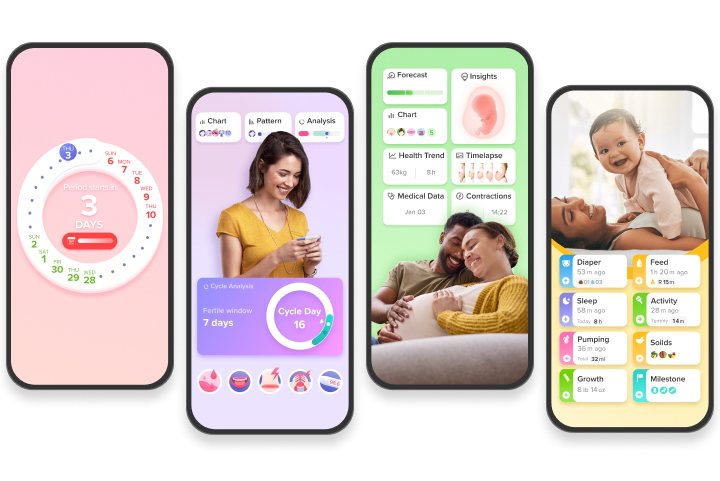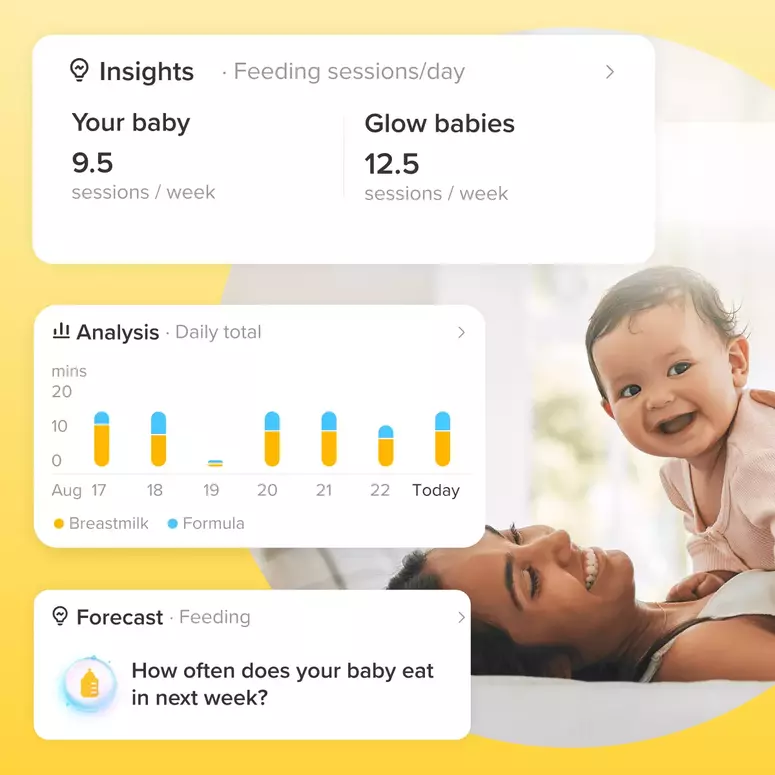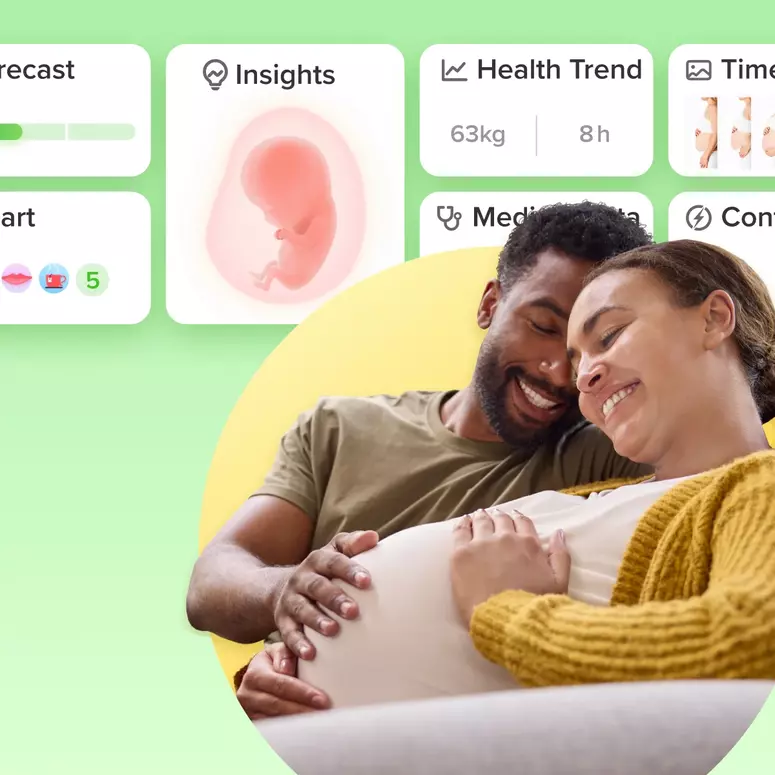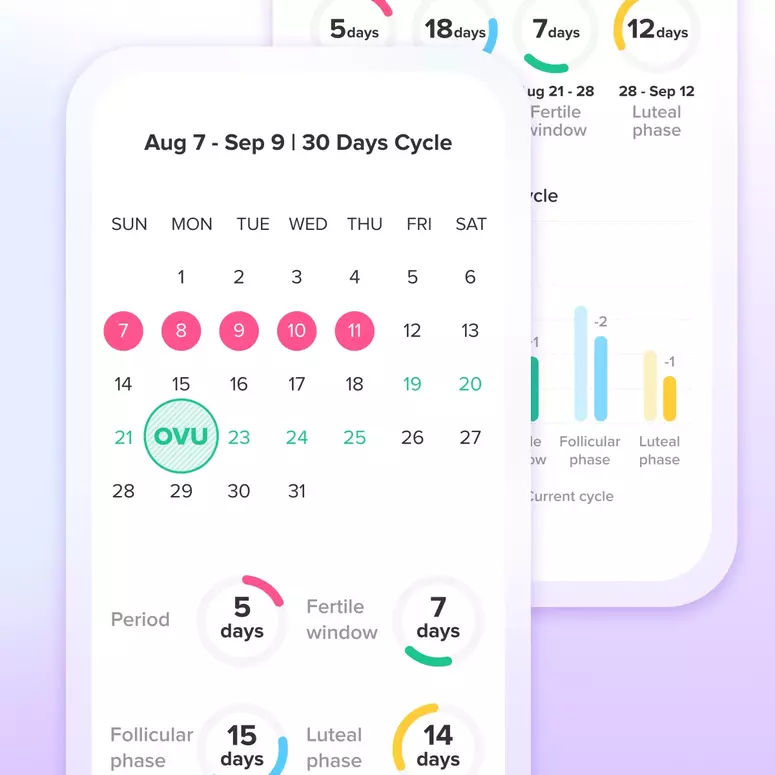TTC for female same-sex couples
The lack of a sperm-maker in a relationship can complicate trying to conceive, but does not make it impossible! Lots of lesbian couples have successfully become parents, and these days, both science and society are on your side—it’s easier than ever for two women to have a biological child together.
Decisions, decisions
Female same sex couples are faced with a lot of decisions before conception. First, you have to decide which partner will become pregnant and carry the child. Has one of you always dreamed of being pregnant? Or maybe one of you has a better maternity leave program through your employer, or a better health insurance plan. Weigh each person’s emotional, mental and physical needs carefully. Once you decide, the future mom-to-be should track her fertility and cycles, including cervical mucus, basal body temperature and more. The Glow app can be a helpful tool for this.
Sperm donation
Next comes the issue of sperm. There are a few different options here. You can use anonymous sperm from a bank or from a known donor (someone you know and trust). Both are good options, but one might make more sense depending on your financial and legal situation. Some couples choose a donor for the first child and then use the same donor for any subsequent children. That way, if the second partner decides to get pregnant, all children are biologically linked.
Using an anonymous donor is common, but you might like to consider asking someone you know to be a donor—that way you have a sense of what they look like, their personality, and more. Choosing someone you know to be a donor is often a cheaper option, but it can get complicated legally, as the donor might be interested in establishing parental rights in the future. Whatever you choose, make sure you consult with a lawyer and have airtight agreements drawn up.
Once your sperm situation is set, you can decide which method of insemination is right for you.
What's next?
At home insemination. Home insemination is a great option for those who want an alternative choice to insemination at a fertility clinic. This option is usually the cheapest, because you will not be paying for the services of a medical professional. Products like STORK OTC make at home insemination easier than ever.
IUI. Intrauterine insemination (IUI) is when sperm is inserted directly into the uterus by a medical professional at a fertility clinic. Your cycle will be closely monitored by doctors, and you may be given drugs to make sure your ovulation occurs on schedule and your uterine lining is at optimal levels. Due to the monitoring and drugs involved, IUI does have a higher chance of conception than at home insemination.
IVF. In vitro fertilization (IVF) is when an egg is fertilized by sperm artificially, made into an embryo in a lab, and then placed into the uterus. It is the most invasive and most expensive option, but it does provide a higher chance of conception than the other two options.
In one small internal survey by Glow, a majority respondents in female couples said they chose to use at-home or doctor insemination over IVF.
Glow Pages (available online and in the Glow app) will allow you to read thousands of reviews on fertility clinics, treatments, and products to help you research and choose the right path. Join the Glow Community group TTC - Same Sex Couples to find a network of women who are also going through this process.All options will take thought, planning, and care, but the cuddly baby at the end makes everything worthwhile!
Let's Glow!
Achieve your health goals from period to parenting.




